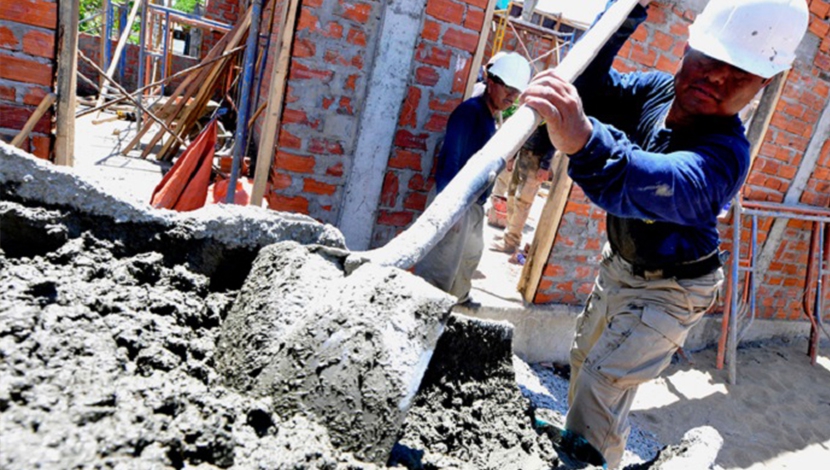

Lafarge Africa Plc management yesterday said the cement group would deliver stronger performance in the second half after gas shortages
; repair works and foreign exchange (forex) had significantly impaired first-half performance.
During the first half of 2016, Lafarge Africa recorded many achievements in its continuing corporate consolidation including successful acquisition of the balance of 50% ownership stake United Cement Company of Nigeria (Unicem), making Unicem a 100% subsidiary of Lafarge Africa; and a N60-billion bond raised to refinance Unicem’s Naira-denominated debt.
Lafarge Africa was also considering plan to restructure and refinance the dollar-denominated portion of Unicem debt. These loans funded expansion projects to add 2.5 metric tonnes per annum cement capacity to Unicem’s current production capacity.
Lafarge Africa’s first-half report indicated that its South African cement operations reported cement sales volume growing by 8% compared to first half 2015 as well as a steady aggregates volume in first half 2016.
Key extracts of the unaudited report and accounts for the six-month period ended June 30, 2016 however showed declines in sales and profitability. Turnover dropped to N107.36 billion in first half 2016 as against N152.18 billion in comparable period of 2015. As against pre and post tax profit of N30.85 billion and N27.32 billion respectively in first half 2015, the company recorded pre and post tax loss of N30.18 billion and N30.25 billion in first half 2016.
CEO, Lafarge Africa Plc, Michel Puchercos said recent initiatives have strengthened the operational fundamentals of the cement group, noting that the synergies from these will ensure it continues to deliver good performance with significant upsides as it concludes the formation of Lafarge Africa.
According to him, the new company is much stronger and better positioned to deliver operational excellence and improved value to shareholders.
“The second half of the year is anticipated to be more rewarding. We expect the cement market to be strong mainly driven by the individual home segment with a marginal contribution from the public sector,” Puchercos said.





